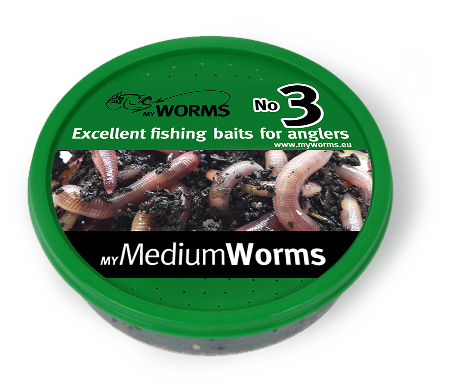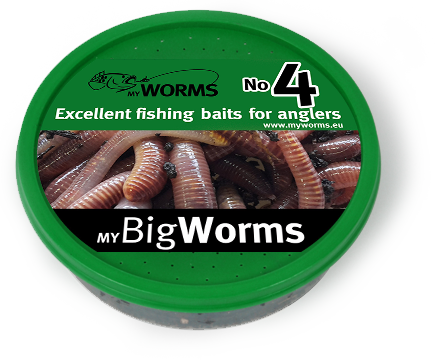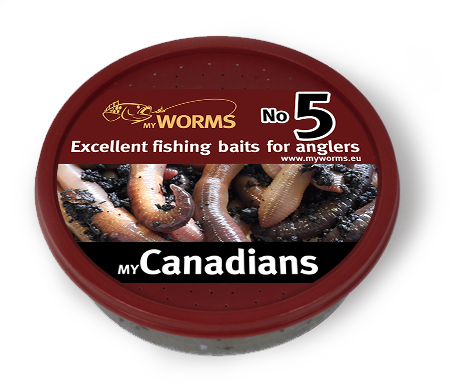
active throughout the entire year, except for especially frigid winters. It can usually be found in shallow waters in summer, in water currents during heat waves and in deep waters in winter. During spring flooding, common earthworm works best as bait.

provides good fishing from June to October; however, it might also bite in warm Autums and winters. A timid and cautious fish, after hooking it needs to be pulled quickly out of the fishing spot so it does not startle other common breams in the area.

can be caught from early spring till autumn chills, from dusk till midnight. Actively seeks food in warm and muggy weather, in drizzle and low atmospheric pressure, in dark and starless nights.

a not very picky fish that eats all animal bait. Bites from the first days of warmer water temperatures till autumn cools. Bites most often on muggy and slightly cloudy days.

bites from June till late autumn, least often during summer heat waves. Can be caught on windless days, as the fish is very cautious and timid. Might be picky in choosing its pray, hence it is advised to change the baits frequently.

a timid fish hence keeping quiet and using camouflage while fishing is necessary. Attracting the fish with e.g. cooked peas or corn helps. Provides best fishing in mid-spring and after dusk.

longer use of groundbait to attract the fish to the fishing spot is advised. Nonetheless, only small fingerlings can usually be caught. Big specimens require focus and patience, they bite in June, at night, in spots with no thickets.

an agile and nimble fish that fights fiercely. Does not like silted waters. Prefers clear waters with gravelly bottom. Swims closer to the surface in summer, and in winter dwells in the lower layers, mainly in broad lowland rivers.

spinning with a lure is the most effective technique for this fish. Provides good fishing after the spawning season in June and starting from August till the first frost. It is rarely caught in summer, if ever, then only early in the morning or late in the evening.

bites only on baits resting on the bottom and after hooking it should be lifted from the bottom and pulled out of the water as soon as possible. Burbots bite frequently in winter up until April and its meat is considered to be very tasty, especially the liver.

spinning with a lure is the most effective technique for this fish. Provides good fishing after the spawning season in June and starting from August till the first frost. It is rarely caught in summer, if ever, then only early in the morning or late in the evening.

bites only on baits resting on the bottom and after hooking it should be lifted from the bottom and pulled out of the water as soon as possible. Burbots bite frequently in winter up until April and its meat is considered to be very tasty, especially the liver.

provides good fishing from mid-spring to Autumn, in April and May in particular and in summer on warm and slightly cloudy days. Attracting the fish to the fishing spot with groundbait, even for a few days, is advised. Groundbait made from manure with blood or white worms and bread works best.

rarely caught on purpose in Poland. Usually they are caught by accident and, in case of a large population, anglers try to avoid large numbers of Ruffes caught. Nevertheless, their meat is considered a delicacy in Germany.

one of the first fish to start seeking food. Unfortunately, the places where it can be found do not make it easy to catch: shallow, silted waters and dense thickets near the lake shore or river bank. Moreover, tench is a very timid fish.

it is necessary to quickly recognize when the fish is biting. The bait should be touching the bottom or be suspended just above it and moved from time to time. It is crucial to hook the fish at the first sign of the float bobbing.

inside: combination of eisenia fetida, eisenia andrei and eisenia hortensis.

inside: dendrobaena veneta

inside: dendrobaena veneta

inside: Canadian Nightcrawlers